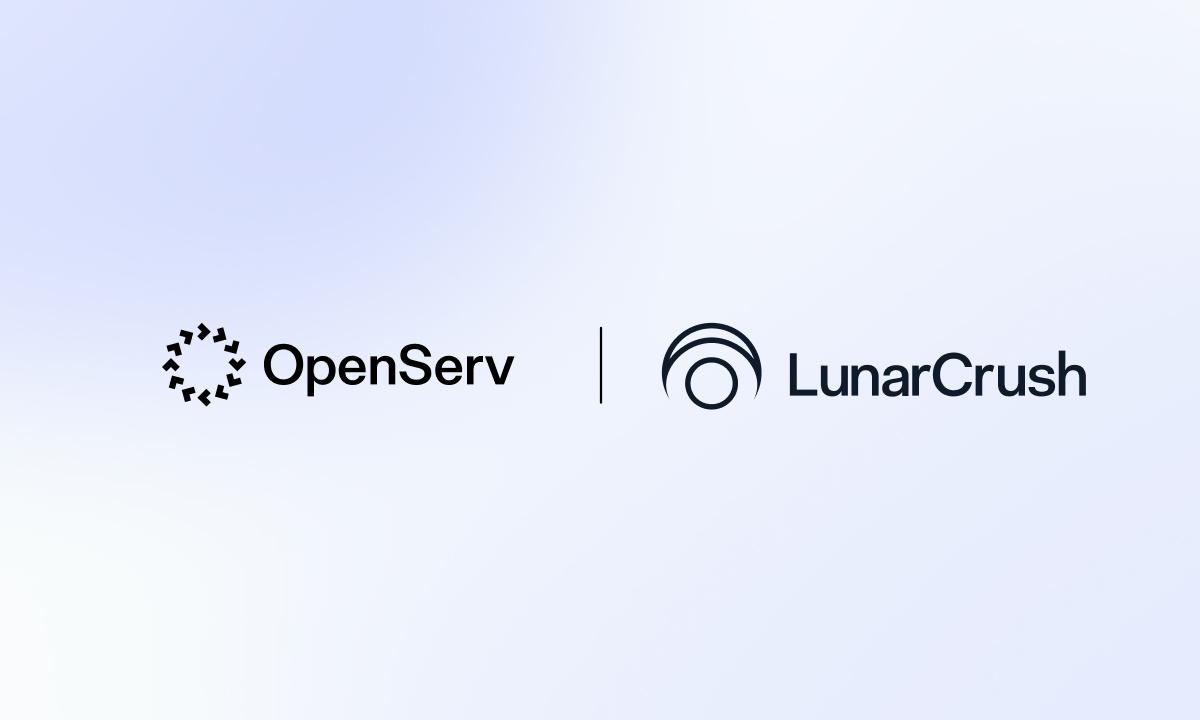Chronos was created to become the top liquidity layer for the Arbitrum network. By providing an easy and economical way for projects of all sizes to incentivize token liquidity, Chronos hopes to form a true “public good” within the Arbitrum ecosystem. Let’s learn more about the project through this Chronos review.
About Chronos
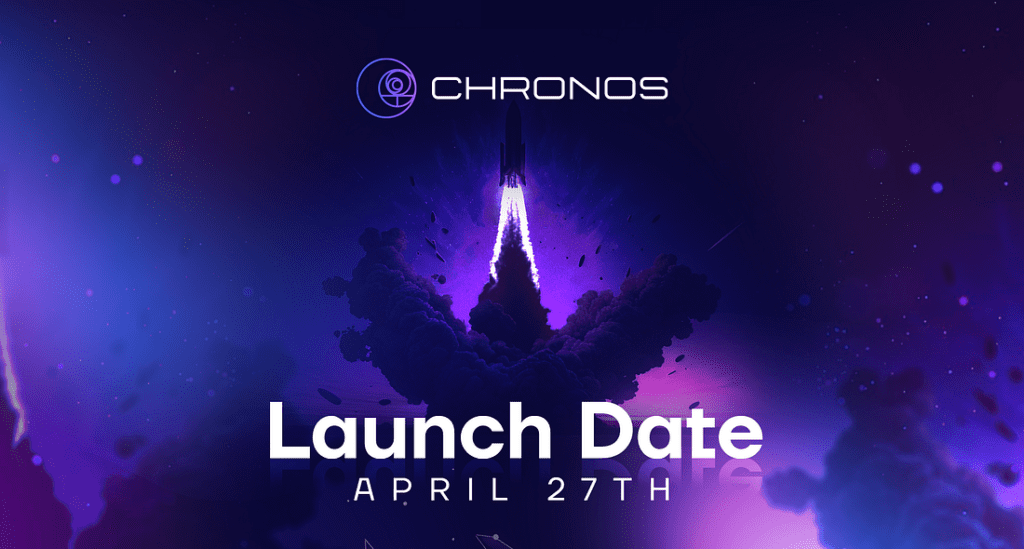
Chronos is a community-owned decentralized exchange (DEX) and liquidity provider built on the Arbitrum Layer 2 (L2) network, which aims to drive DeFi growth through liquidity incentives lasting. Chronos’ exchange dApp will be revealed, complete with UI for airdrop request, swap, liquidity, lock, vote, chrNFT, referral, and more. on April 27, 15:00 UTC.
The platform is designed to be a key component of Arbitrum’s DeFi infrastructure, similar to Thena on Binance Smart Chain, Equalizer on Fantom, and Velodrome on Optimism.
To do this, Chronos optimizes and innovates the ve(3,3) model to facilitate reliable liquidity delivery for new and established protocols, creating value for users and the ecosystem.
Arbitrum was chosen as Chronos’ foundational network due to its alignment with its core values. Arbitrum’s L2 architecture offers scalability, high transaction speeds, low costs, and robust security. Furthermore, Arbitrum hosts a multitude of DeFi pioneers and high-quality projects, which Chronos aspires to join and support in the global on-chain adoption endeavors.
Chronos Operation Model
Chronos’ ve(3,3) model aligns incentives in a way that benefits all participants in this ecosystem.
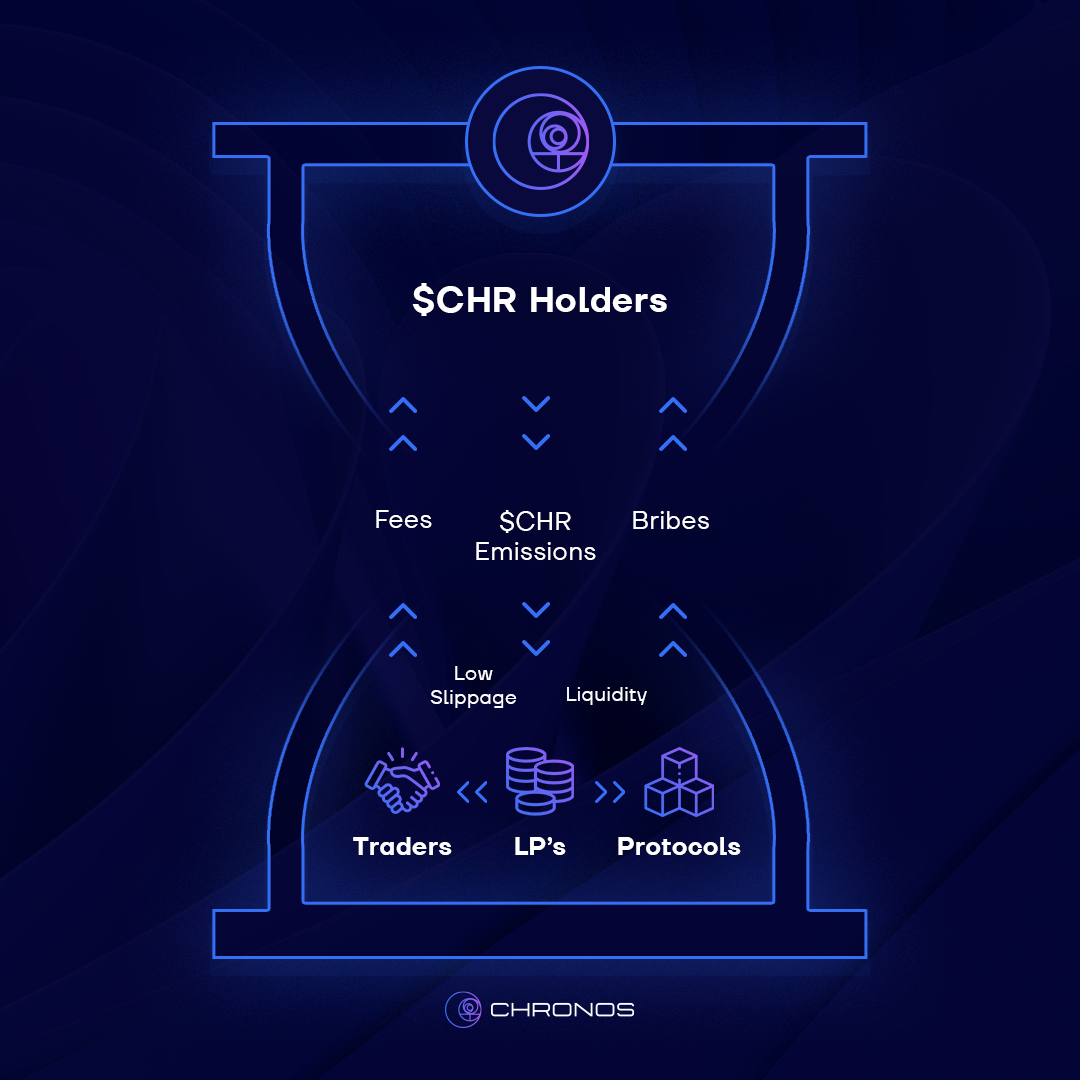
- Liquidity Providers: incentivized to add liquidity to pools with the highest $CHR emissions.
- veCHR Voters: incentivized to vote incentivize directly to high-volume groups, because these groups generate the most fees.
- Traders: benefit from low slippage and better rates thanks to the liquidity provided.
- Protocols: benefit from a public liquidity layer and can easily bribe voters to attract more incentives – and thus more liquidity for their pool.
Chronos uses a non-rebase model. Unlike other ve(3,3) DEXs, voters must continue to add to their locked positions over time to maintain their voting rights.
By modeling different rebase mechanisms and conducting in-depth research on the pros and cons of each, we have concluded that the no-rebase model is the most effective for long-term health and longevity project sustainability. It offers the best economic incentives for all participants, making it more attractive for new protocols looking to join the Chronos ecosystem after launch. It also reduces the advantage for those early users so that the system remains balanced over time.
The no-rebase model is the fairest way to implement the ve(3,3) mechanism and helps reinforce our commitment to making Chronos an actual “public good” for all participants Arbitrum ecosystem.
Objectives of the project
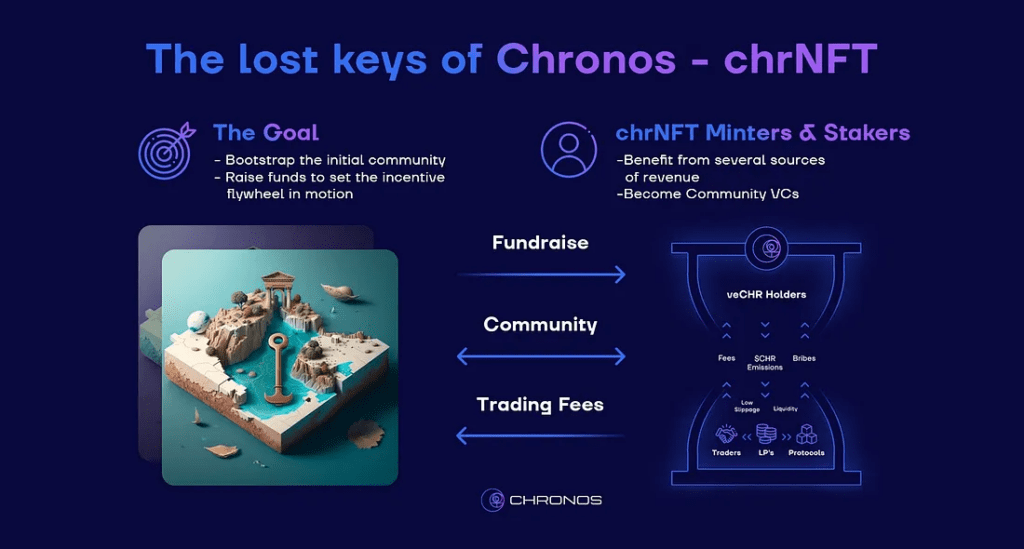
The project wants to help DeFi grow. It’s time for blockchain technology to replace the entrenched system, but before that can happen on a large scale, a number of challenges still need to be overcome.
Chronos and the whole ve(3,3) model is a step in that direction. Our goal is to be a trusted entry point for both new and established protocols in search of sustainable liquidity incentives on Arbitrum and, in doing so, help create substantial value not only for our users but also for the entire ecosystem.
Function
Gauge Voting / Bribing
By locking $CHR for $veCHR, users earn the right to vote on the platform’s gauges. Gauges control the rate of emissions to different liquidity pools on the DEX. Pools that receive more votes earn a more significant proportion of $CHR incentives for that epoch.
Each epoch lasts 7 days, after which all bribes and trading fees are distributed as a lump sum to voters. You earn only from the gauges (pools) you have voted for.
On Chronos, outside parties provide economic incentives (called bribes) to help convince $veCHR voters to vote for specific gauges each epoch. The bribe marketplace is permissionless and open to the public, and anyone can add a bribe for any pair on the platform with just a few clicks. Only whitelisted tokens can be offered as bribes.
After the next epoch has ended, trading fees and bribes are claimable as a lump sum.
Swaps
Chronos uses the same hybrid swap engine seen in other modern DEXs. We use a different swap algorithm depending on how closely correlated assets are to one another.
- vAMM – for assets with low price correlation, Chronos uses the Uniswap V2 swap algorithm.
- sAMM – for closely correlated assets, Chronos uses the Solidly stable-swap algorithm.
Chronos’s adjusted prices fee structure enables competitive swap and strong revenue generation for veCHR voters, leading to an increase in both locking rates and incentives for liquidity provisions.
- vAMM : 0.20%.
- sAMM : 0.01%.
Liquidity Pools
Chronos enables secure trading of digital assets with minimal fees and low slippage.
This difference could result in a smaller amount (higher price paid) or a higher amount (smaller price paid) of desired tokens returned from a trade. Chronos offers two different types of liquidity pools types based on the tokens being provided:
- sAMM – for strongly correlated pairs, such as stablecoins.
- vAMM – for uncorrelated pairs, such as $CHR and $ETH.
Chronos Ecosystem Token
Chronos uses a dual token model to incentivize participants to perform different functions in the ecosystem.
CHR token
CHR is Chronos’ primary utility token and incentivizes users to add liquidity and stake their LP tokens on the platform.
There will be 50 million CHR tokens available at launch and more will be put into circulation over time. For full details on the CHR initial emission and distribution schedules, please see the relevant sections contained in these documents.
veCHR token
Any CHR holder can vote to deposit their tokens and exchange them for veCHR grants holders the right to vote on the platform’s metrics, which control how CHR incentives are distributed to Chronos’ liquidity pool.
The lock period (also known as the election escrow period (hence the prefix) can be up to 2 years, subject to the linear relationship shown below.
- 100 CHR locked for 2 years will become 100 veCHR.
- 100 CHR locked for 6 months becomes 25 veCHR.
veCHR token utility
- Gauge voting: owners can vote for gauges weekly. These determine which group will receive CHR emissions for the next epoch.
- Admin rights: owners can participate in governance and vote on proposals for protocol improvements. (Governance implementation will take place in the future).
- Fee Revenue: Voters earn up to 90% of swap fees generated by pools that voted for each epoch (10% to 20% for chrNFT stakingers).
- Bribery revenue: voters earn 100% of bribes to groups that voted for each epoch.
Tokenomics
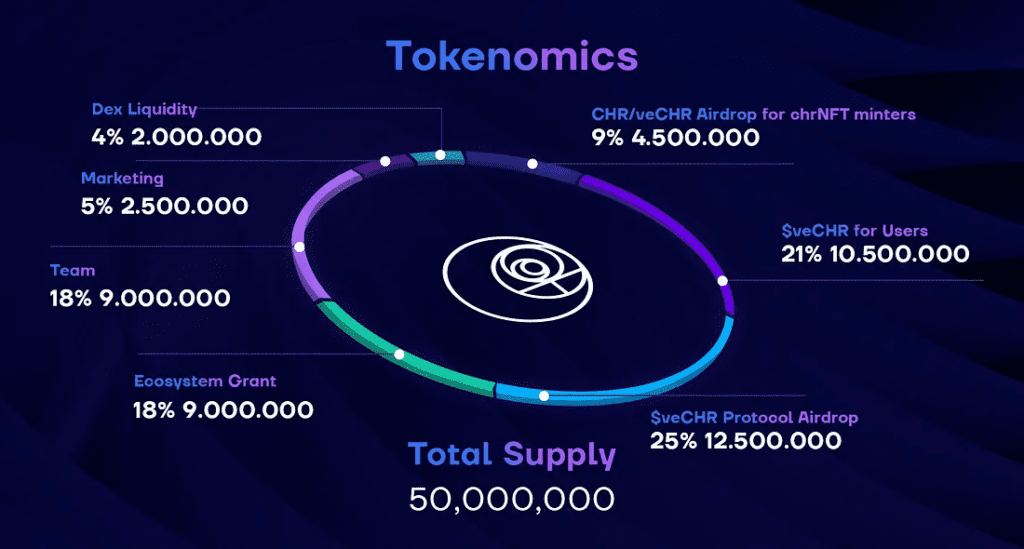
According to the project, 54% of the initial supply will be made available via the airdrop, making Chronos one of the largest airdrops in Arbitrum history. A future article will provide a detailed breakdown of the total token supply distribution.
Each minted chrNFT will receive a mixture of locked veCHR and unlocked CHR tokens through an airdrop. The more NFTs you mint, the more tokens you get.
The project allocated 9% of the initial supply of CHR (4.5 million tokens) to airdrops to chrNFT miners. If all 5,555 NFTs are minted, each will get just over 800 tokens, split between CHR (allocated linearly for 8 weeks) and veCHR (locked for 2 years). If not all NFTs are fully minted, the CHR airdrop for each NFT will increase.
Airdrop plan

On April 14, Chronos – AMM DEX platform built on Arbitrum announced an airdrop for the community. Of which, about 53% of the initial supply of CHR tokens will be distributed to more than 16,000 people.
According to information from the project, the airdrop took place to celebrate the launch of Chronos Exchange. The platform’s gitbook documentation states that the initial supply of CHR is 50 million tokens, and when released, the circulating supply will be 2.45 million tokens.
Token airdrop will be distributed to many different users. The project says 9% of the initial supply, or about 4.5 million CHR, will be given to those who minted chrNFT on March 29. With a total of 5,555 chrNFT minted, each NFT issued will receive an airdrop of 405 CHR and 405 veCHR (locked for 2 years).
In addition, chrNFT holders will also have the option to receive all 810 tokens in the airdrop as veCHR without authorization.

In addition, 25% of the initial supply, or 12.5 million veCHR, will also be allocated to the protocol’s coffers to incentivize liquidity. These tokens will be locked for 2 years and used only for project funds.
Approximately 21% of the supply (10.5 million veCHR) will be distributed to users of Arbitrum, several other DeFi ecosystems, and Chronos partner platforms. Notably, 6% of the total token airdrop will be for future rewards programs.

Conclusion – Chronos Review
Chronos Finance is an AMM DEX built on Arbitrum. The goal of the protocol is to become the main liquidity hub on Arbitrum, using the ve(3,3) model to attract liquidity and users in the ecosystem.
In general, Chronos offers many popular products, but with models that have little innovation and many projects in the same field in development, the level of competition is very high. Therefore, a newly launched project may take a long time to compete and prove its potential.
Chronos is currently looking for partners to select the wallet addresses of users to receive the airdrop. The announcement from the platform also states that the event is intended to attract more crypto users to join the project’s ecosystem.
DISCLAIMER: The Information on this website is provided as general market commentary and does not constitute investment advice. We encourage you to do your own research before investing.
Join us to keep track of news: https://linktr.ee/coincu
Foxy
Coincu News






















